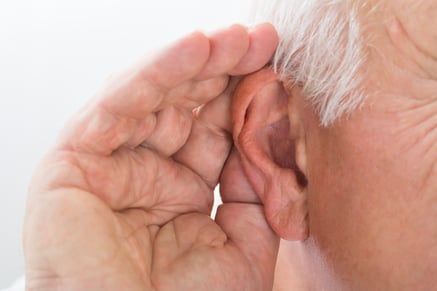
Neuroplasticity is the means by which the brain is constantly adapting and changing throughout your life. When it comes to hearing loss, your brain learns to adapt by allowing you to use other senses to make up for what you cannot hear. However, when it comes to hearing, this rewiring can prove to be a bad thing because so much mental effort is diverted toward understanding speech.
But Jamie Desjardins, PhD, an assistant professor in the speech-language pathology program at The University of Texas at El Paso, showed that hearing aids improve brain function in people with hearing loss. To explore the effects of hearing loss on brain function further, Desjardins studied a group of individuals in their 50s and 60s with bilateral sensorineural hearing loss who had previously never used hearing aids. Study participants took cognitive tests to measure their working memory, selective attention, and processing speed abilities prior to and after using hearing aids. After two weeks of hearing aid use, tests revealed an increase in percent scores for recalling words in working memory and selective attention tests, and the processing speed at which participants selected the correct response was faster. By the end of the study, participants had exhibited a significant improvement in cognitive function.
This study reinforces the old adage, “if you don’t use it, you lose it,” and it’s particularly concerning because some people have hearing loss without ever realizing it.
You should see your doctor and ask to have your hearing checked if:
- Phone conversations are challenging to hear.
- You find it hard to track conversations when two or more people are conversing.
- You find yourself asking others to repeat themselves often.
- You notice television volume needs to be at a level that is too loud for others.
- Background noise interferes with basic hearing.
- Other people’s voices may seem muffled.
- You have a hard time hearing women and children’s voices.
Most importantly remember this:
- A hearing test is painless and takes less than an hour.
- Untreated hearing loss increases your chances of falling.
- Treating hearing loss with hearing aids is believed to reduce the risk of cognitive decline.
- Untreated hearing loss is known to contribute to depression, social isolation, and cognitive decline.
It is so important not to chalk up hearing loss to a natural progression in the aging process. Consider this, having hearing aids and not using them is just like having sunglasses and not wearing them while squinting when the sun is shining. Both can adversely affect your personal well-being. Remember it’s not just about hearing loss, it is about exercising your brain and taking precautions for a healthy future.


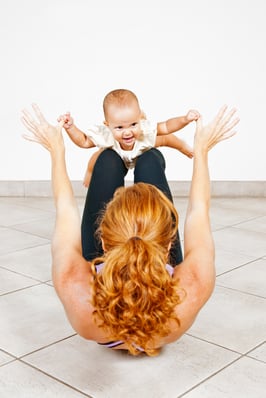 The baby has arrived! Congratulations! You just completed the toughest thing on the face of the Earth (at least in my opinion). You so graciously shared your body for up to 40 weeks and endured all the highs and lows that come with being pregnant. Now comes the not so fun part, trying to get that baby weight off. Unfortunately, I think in today’s society there is so much pressure on moms to get back to their “post baby body” as quickly as possible. This pressure can often cause unrealistic goal setting which leads to frustration when you struggle to get back to where you were before the baby arrived.
The baby has arrived! Congratulations! You just completed the toughest thing on the face of the Earth (at least in my opinion). You so graciously shared your body for up to 40 weeks and endured all the highs and lows that come with being pregnant. Now comes the not so fun part, trying to get that baby weight off. Unfortunately, I think in today’s society there is so much pressure on moms to get back to their “post baby body” as quickly as possible. This pressure can often cause unrealistic goal setting which leads to frustration when you struggle to get back to where you were before the baby arrived.
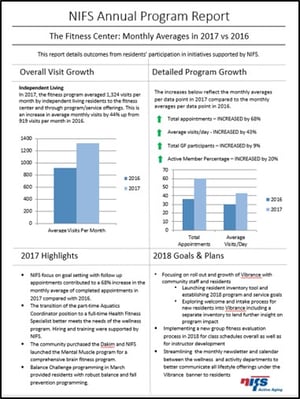 If you DIY the fitness program in your senior living community, you probably think your offerings are market-standard and don't need to be reconsidered. Even with strong staff running your fitness program, that in-house team has limits on what they can build for the community, and it's likely that
If you DIY the fitness program in your senior living community, you probably think your offerings are market-standard and don't need to be reconsidered. Even with strong staff running your fitness program, that in-house team has limits on what they can build for the community, and it's likely that 
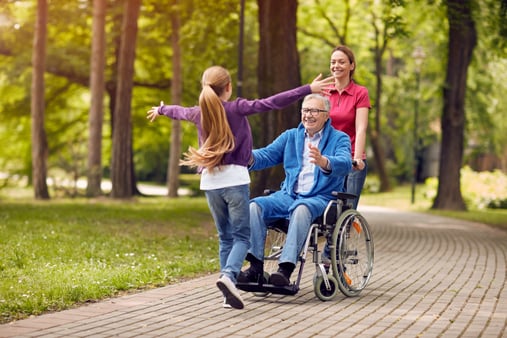 If you tend to be in a certain age category, you’ve most likely thought about caregiving for a loved one. Whether that be for your parents, siblings, children, other relatives or even friends, it can take on a life of its own. Caregiving is no easy task, so fully thinking through how this may play out in your life is a good idea (even if it is overwhelming). By planning ahead and being realistic about the situations in your life, you stand a better chance of decreasing the upfront stresses when you step into a caregiver role.
If you tend to be in a certain age category, you’ve most likely thought about caregiving for a loved one. Whether that be for your parents, siblings, children, other relatives or even friends, it can take on a life of its own. Caregiving is no easy task, so fully thinking through how this may play out in your life is a good idea (even if it is overwhelming). By planning ahead and being realistic about the situations in your life, you stand a better chance of decreasing the upfront stresses when you step into a caregiver role.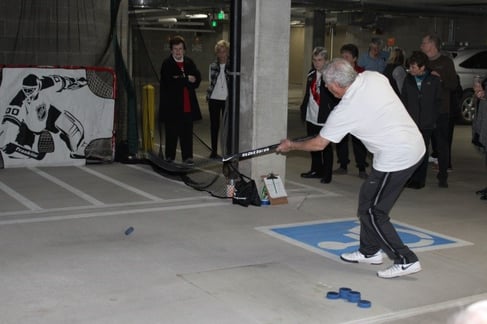
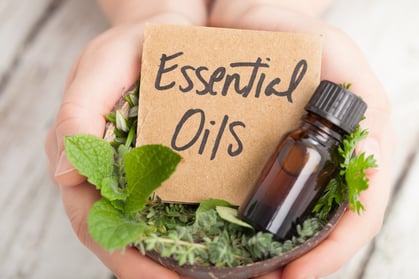 Every time I turn on the TV my eyes are flooded with commercials promoting new remedies for aches, pains, and disorders. They often include an overjoyed person dancing or baking a cake while a soothing voice reads off the endless side effects of the drug. “Upset stomach, wild dreams, or nosebleeds may occur," says the soothing voice, “However, your affliction will be controlled for 12 hours.” Geesh! But we have a whole cabinet full of them- a pill for inflammation, a pill for blood sugar control, a pill for the nausea we get from taking the blood sugar pill and on and on. Thinking back to my grandmother’s house- she had many pills but she also had other mixtures, oils, and potions for curing ailments. Sometimes an onion in a sock, sometimes horseradish with olive oil… whatever discomfort you had- Grandma knew a cure! Which old wives’ tale rang true for you?
Every time I turn on the TV my eyes are flooded with commercials promoting new remedies for aches, pains, and disorders. They often include an overjoyed person dancing or baking a cake while a soothing voice reads off the endless side effects of the drug. “Upset stomach, wild dreams, or nosebleeds may occur," says the soothing voice, “However, your affliction will be controlled for 12 hours.” Geesh! But we have a whole cabinet full of them- a pill for inflammation, a pill for blood sugar control, a pill for the nausea we get from taking the blood sugar pill and on and on. Thinking back to my grandmother’s house- she had many pills but she also had other mixtures, oils, and potions for curing ailments. Sometimes an onion in a sock, sometimes horseradish with olive oil… whatever discomfort you had- Grandma knew a cure! Which old wives’ tale rang true for you?